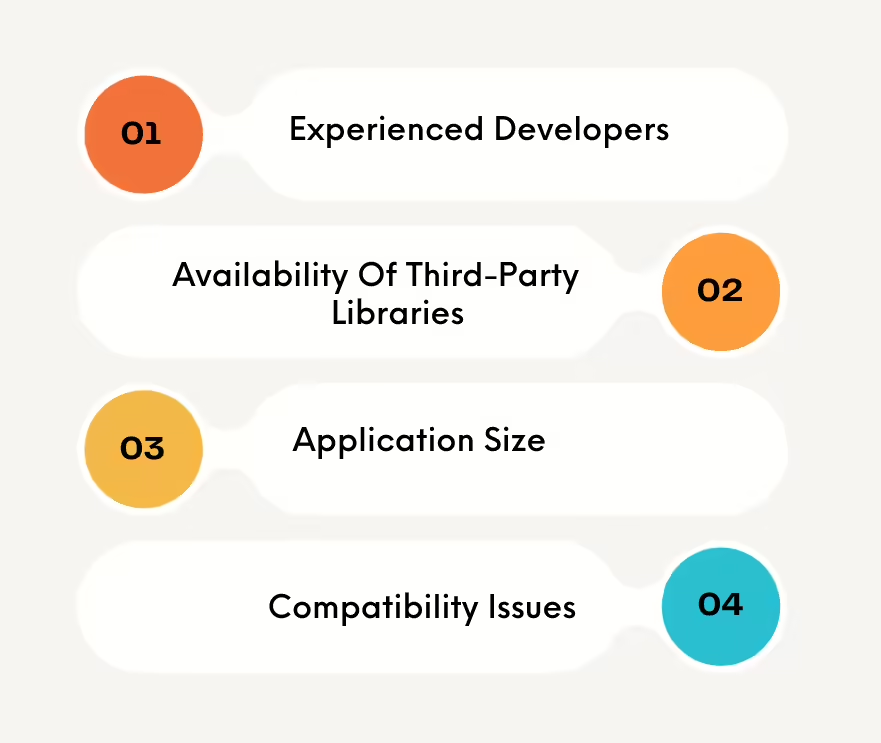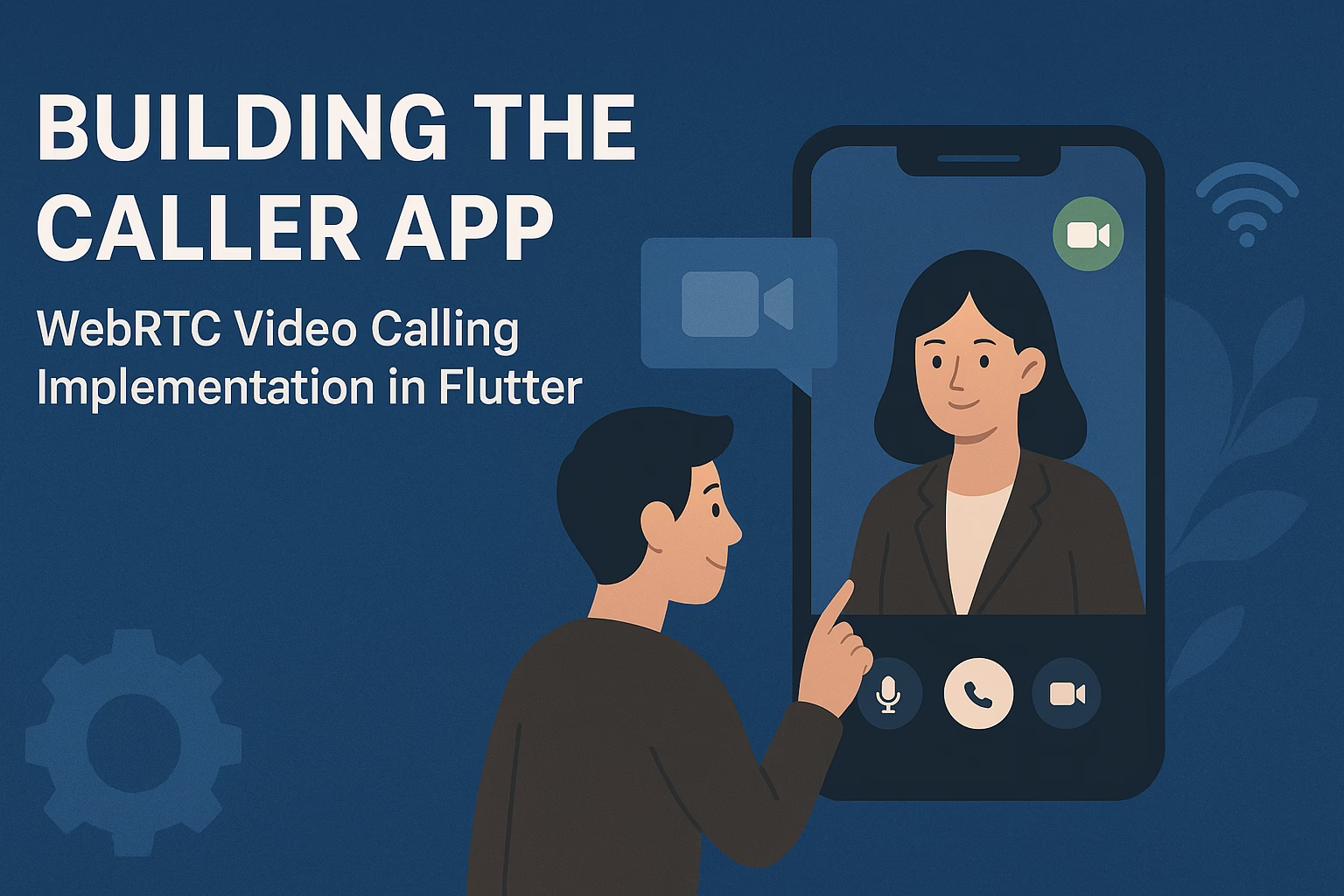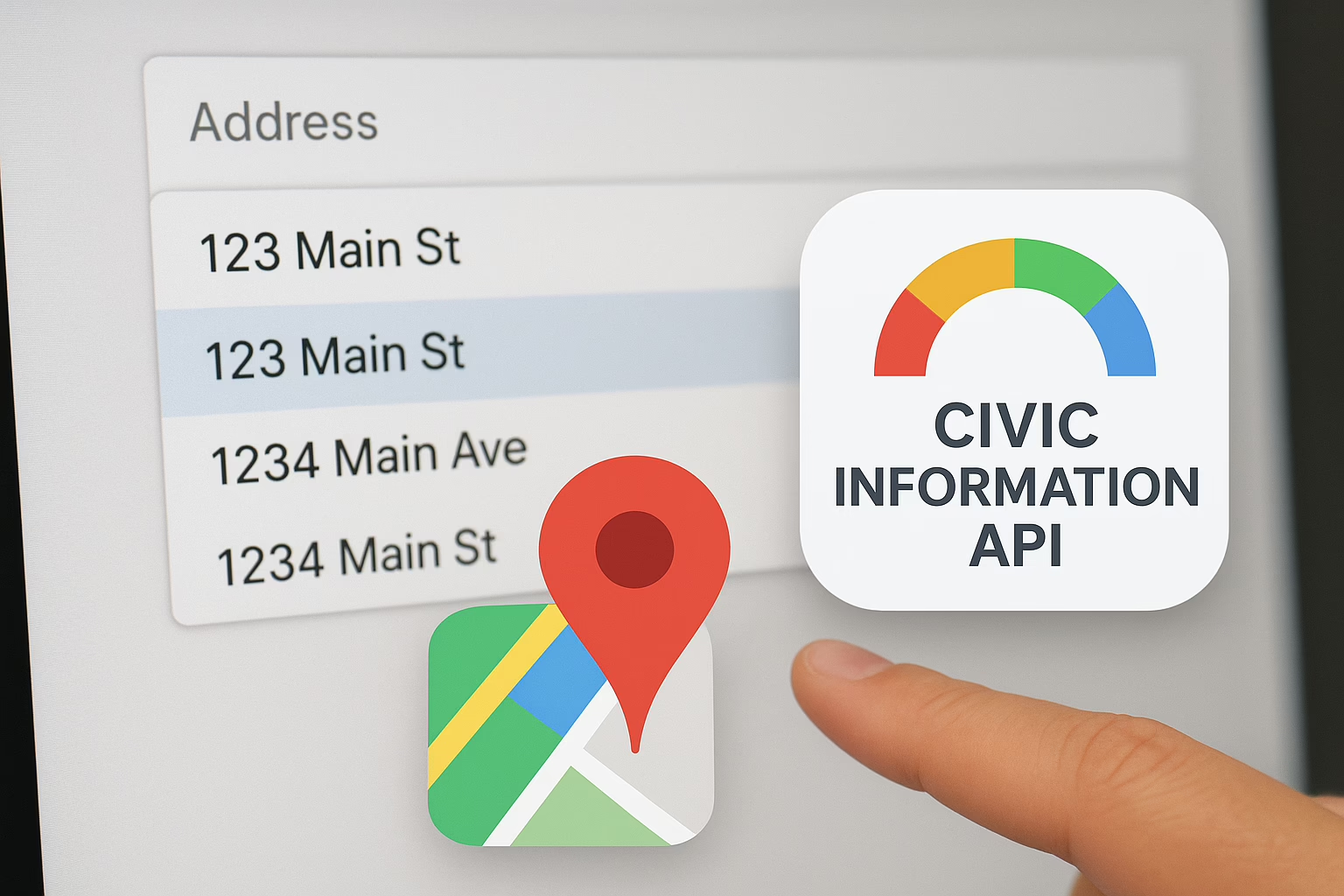Flutter, an open-source UI software development toolkit created by Google, has seen substantial growth since its inception in 2017. Originally Flutter was designed for cross-platform development. But Flutter has evolved into a robust framework for building web, desktop, and embedded applications. As we look toward the future, it’s essential to explore the factors driving Flutter’s growth, the potential challenges it faces, and the innovations that might shape its trajectory
Current State of Flutter
As of 2024, Flutter has become one of the most popular frameworks for cross-platform development. According to the Stack Overflow Developer Survey 2023, Flutter ranked among the top frameworks used by developers. Its ability to enable a single codebase to create applications for multiple platforms has significantly reduced development time and cost, attracting both startups and large enterprises.
Key features contributing to Flutter’s success include:
- Hot Reload: Allows developers to see changes in real time without restarting the application.
- Single Codebase: One codebase for Android, iOS, web, desktop, and embedded systems.
- Rich Widget Library: A comprehensive set of pre-designed widgets that ensure a consistent look and feel across platforms.
- Dart Language: Flutter uses Dart, a language designed for fast development and performance.
- Strong Community and Ecosystem: A growing community that contributes to plugins, packages, and extensions, enhancing Flutter’s capabilities.
Driving Factors for Flutter’s Growth
- Cross-Platform Efficiency: The ability to maintain a single codebase for multiple platforms is a significant advantage. This efficiency reduces the complexity and resources needed for developing and maintaining applications. The demand for applications that run seamlessly across various devices continues to grow. Flutter’s cross-platform nature will remain a significant draw.
- Performance and User Experience: Flutter provides near-native performance by compiling native ARM code and using the Skia graphics engine. This results in smooth animations and a high-quality user experience, which is critical for user retention and satisfaction.
- Community and Ecosystem: A strong and active community is vital for any technology’s growth. Flutter benefits from a vibrant ecosystem with numerous third-party packages and plugins. The community-driven approach ensures that Flutter evolves to meet the needs of developers. Thus it remains relevant in a rapidly changing technological landscape.
Future Innovations and Directions
- Web and Desktop Expansion
While Flutter started with mobile app development, its expansion into web and desktop applications opened new horizons. Continuous improvements in web performance, accessibility, and browser compatibility will make Flutter a more attractive option for web developers. Similarly, enhancements in desktop support for Windows, macOS, and Linux are on the rise. These improvements will enable developers to target an even broader range of devices. - Integration with Emerging Technologies
The integration of Flutter with emerging technologies is becoming crucial. Technologies like augmented reality (AR), virtual reality (VR), and the Internet of Things (IoT) will play a key role. As these technologies become more mainstream, having a versatile framework will be highly advantageous. Flutter’s ability to support these new interfaces will make it an essential tool. - AI and Machine Learning
Incorporating AI and machine learning capabilities within Flutter applications will be a significant area of growth. Google’s ML Kit and TensorFlow Lite integration with Flutter can enable developers to create smarter, more responsive applications. This will be particularly important for applications that require personalized user experiences or advanced data analysis.
Reasons Why Flutter is the Future?

Flutter offers developers a powerful and flexible framework for building high-quality mobile apps that work on multiple platforms. With its cross-platform development capabilities, fast development cycles, customizable UI, high performance, and supportive community, Flutter is a popular choice for many mobile app developers. What are the reasons why business owners opt for Flutter when developing apps, and what are the potential outcomes? Let’s explore the advantages of Flutter more comprehensively.
Advantages of Flutter
1. Ideal for Cross-Platform Mobile App Development
One of the primary reasons why businesses opt for cross-platform app development is that it is more cost-effective and faster than the native development approach. However, in the past, cross-platform apps suffered from poorer performance and lacked the native appearance of their native counterparts.
Ever since the introduction of Flutter, it has become possible to create apps with performance similar to that of native apps. As a result, companies no longer have to choose between cost and quality when developing apps using Flutter.
2. Exceptional Level of Performance
Flutter apps achieve exceptional performance results of 60 to 120 frames per second due to the implementation of its programming language, Dart, which is a client-optimized language that provisions Ahead-of-Time (AOT) composition. This makes Flutter apps faster as the code runs natively on each platform, without requiring intermediaries that other cross-platform frameworks typically use. As a result, Flutter offers superior performance and doesn’t rely on bridging like other frameworks.
3. Excellent Mobility Due to the Use of a Single Codebase.
With the release of Flutter 3 in May 2022, developers can now use a single codebase to build applications for six different platforms: Android, iOS, Web, Windows, macOS, and Linux. This means that developers can create and publish their applications across all these platforms with a small update to their code.
Consequently, this approach enables developers to reach a wider audience without incurring significant additional expenses and to reduce the amount of time spent on development, compared to building separate applications for each platform.
4. Reducing the Time of Mobile App Development
According to a survey, 91% of developers reported that Flutter significantly reduced the time required for mobile app development. Based on our experience as a top-notch mobile app development company, the development time for a Flutter app can range from 2 to 6 months, depending on its complexity. A simple project can be completed within 2 months, while a medium-sized one may take up to 4 months. Complex projects may require 4-6 months for completion.
One of the main reasons for the faster development time of Flutter apps is the use of a single codebase that can be adapted for six different platforms. Additionally, ready-made widgets and components that can be customized to meet specific requirements also contribute to the efficiency of the development process. Finally, the hot reload feature enables developers to view the effects of any code tweaks without the need to restart the app, further reducing development time.
5. Becoming Better Day By Day
Flutter is becoming better with the help of its growing global community. As more developers adopt the framework, they are contributing to its improvement by developing new plugins, packages, and widgets that extend the functionality of the framework. This means that Flutter is constantly evolving and expanding its capabilities.
Moreover, Flutter has a strong community of developers who are actively sharing knowledge and best practices, providing support, and contributing to the development of new features. This helps to foster a collaborative environment and enables developers to learn from one another, which ultimately benefits the framework as a whole.
In addition, Google, the creator of Flutter, is actively investing in the framework and working to improve its performance, stability, and functionality. This means that developers can expect to see continued improvements to Flutter in the future, further solidifying its position as a leading cross-platform development framework.








